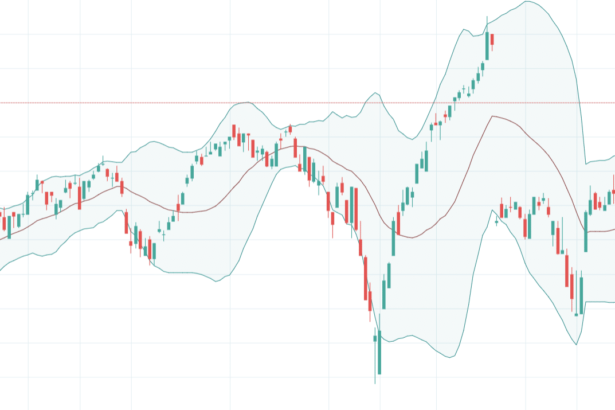|
When it’s time to think about opening a position, the last step I require is entry confirmation. My conditions were developed to give me the best chance at being profitable, while keeping me out of trades that have a low probability of success. |
|
|
My entry conditions are:
Following this process, I get to qualify my entries following a set of conditions that are rules-based and included in my overall system. Now, let’s break those 4 conditions down into actionable steps: |
|
Entry Condition 1: AnalysisWe won’t delve into every detail today, but my overall objective is: Determining the main trend, and joining that trend at the end of corrections with as little risk as possible. To do that, I follow and identify corrective patterns and pin point the areas where they are most likely to end. |
|
|
|
|
|
Entry Condition 2: Momentum DivergenceI use only one indicator in my strategy, as I am more concerned with analyzing pure price action. This indicator forms part of my entry conditions and is a great way to spot momentum drying up as price is going into an area I want to trade from. Using only the histogram of a MACD indicator in the example below, you can see it’s fairly obvious that momentum started decreasing as price continued to move downwards. This is called momentum divergence. |
|
|
|
Entry Condition 3: Reversal Candlestick PatternsMost entry strategies will inevitably rely on candlestick formations for clues as to what price might do next. A careful study of major and minor turning points on any chart and on any time frame will reveal a wide range of candlestick patterns before price reversed at those areas. As discussed in previous lessons, I only follow 3 patterns, and any combination thereof; they’re also the penultimate confirmation signal that I require to place my orders:
|
|
|
|
Entry Condition 4: Risk ConsiderationThe last condition begs the question: can I afford to take on this trade? If the answer is yes – and my account size allows it – I immediately place my entry and stop loss orders without hesitation. |
|
|
|
|
The risk on this trade was well within my parameters; I placed my orders strategically above and below the reversal candlestick. This trade was on a Forex pair, and most brokers will allow traders to adjust their own position size on any given trade. Basically, any trader could have taken this trade with very little risk. When trading Futures, for example, traders are left with trading contracts that have a set profit/loss per tick, and this is why the last entry condition is so important: If that reversal candlestick was on a commodity like Crude Oil, then the risk could have been much larger. |
|
Applying These TechniquesTrade entry techniques should all be aimed at achieving two important goals: confirmation and reducing risk. Professional traders are masters at managing risk and scaling their profits well beyond their losses. Entry confirmation is perhaps the most important step in any strategy, but it’s just one step of my process. I use a combination of methods proven to be incredibly effective for low-risk, high-probability analysis. Thanks for reading along, and if you’re ready to see how all my strategies and techniques work together to form a complete system, I highly advise taking a look at my EPS course. It’s enabled me to help traders from around the world find consistency in trading, and it’s an incredible feeling seeing my strategy help others lock in a dependable revenue stream. You won’t be disappointed. |
|
|
|
Blog






